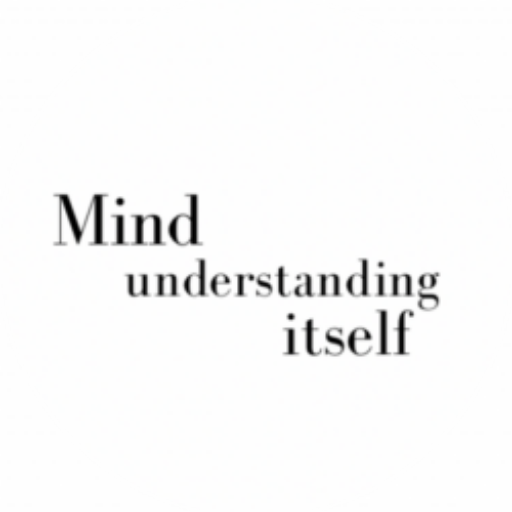Can We Choose What to Think?
Thousands of thoughts pass through the mind during a day. However, only some of these catch our attention while most cannot make their way into our consciousness. Moreover, we stay focused on some thoughts more when compared to others.
Then, is it random that some thoughts are more prominent or is there any decision mechanism behind this?
Can we choose what to think?
I invite you to two different scenarios where we can together explore the answers.
CHOOSING A MOVIE
Imagine that you are looking for a good movie on Netflix.
At the search bar, you write one or two words describing your interests.
Then, you are presented with rows of images (thumbnails) representing movies.
When you look at the suggestions, some of the images get your attention right away while you do not even notice some others.
When an image gets your attention, you take a glance at it and you think to yourself that it might be a good movie. However, when you read the title of the movie, you suddenly decide that it is not what you are looking for.
You continue looking over the photos. After a while, a different movie gets your attention. When you read the title you think this might be according to your interest. You want to watch the trailer. If you enjoy the trailer, you start watching the movie at that moment. Or else, you save it for later and continue searching. If you don’t like the trailer, again, you go back to the beginning and simply continue looking at the other suggestions.
Now, I invite you to the second scenario, in which you are studying at the library and trying to focus on your study goal despite being surrounded with many stimuli.
STUDYING AT THE LIBRARY
Imagine that you are studying at the library for your math exam. You want to learn how to solve the different types of problems you might encounter on the exam. Your goal is to study at least 10 such problems in -let’s say- two hours.
Infinite number of stimuli are there to get your attention.
The air conditioner is on, making noise.
While someone is flipping through the pages, another student is placing his belongings on the table.
In between all this noise and motion, you are trying to focus on a math problem. These outside stimuli distract you for a while, but then you remember your goal of solving at least 10 problems today and you get back to studying the problem.
Then, a thought comes to your mind. “I should have taken the lab notes from Anne.”
A thought is just like the other stimuli, except that it is coming from the inside of the body.
You will have a laboratory quiz tomorrow early in the morning, but you haven’t read the notes yet. This worries you for a while. Then you decide to send a message to Anne and ask for the scan of the notes so that you can study in the evening. Feeling somewhat relieved, you get back to studying until you get a reply from Anne to your message.
Many such thoughts come to your mind while you study. Some of these distract you only for a few seconds, while some others take you to another world for minutes and make you forget about what you were doing earlier.
HOW IS BOTH SIMILAR
In both of the scenarios, there is a goal you are trying to reach. Also, in both conditions you are surrounded with stimuli that might interfere with your goal. In spite of all of this, you are trying to make the right choices to help you reach your goal.
While doing so, just like some movies are more attractive depending on our interests (what we write on the search bar), some thoughts/ ideas are more attractive depending on our goals (studying 10 questions in two hours), our fears (failing the laboratory quiz), our desires (those beautiful sneakers you wish you had).
This is simply because they matter to us more than others.
In both of these scenarios, there is a decision mechanism in play based on what we are interested in, what our purpose is, what we value, what we desire in life, who we want to be/ do not want to be, what our fears are, etc.
CAN WE CHOOSE OUR THOUGHTS?
Staying focused while trying to find a good movie is relatively easier than staying focused while studying. This is because in the first case, some of the stimuli are filtered out automatically whereas while studying, we have to do it using self-effort.
But how?
Filtering stimuli and ignoring unnecessary information is hard.
Thus, knowing what is necessary and what is unnecessary might be helpful.
Being aware of our purpose, being able to define our desires, values in life, and recognizing our fears can help us make the distinction.
Just like the words we write at the search bar when we are looking for a movie, we can describe our goals, values, desires, and even fears. For example, we can ask:
What is my goal?
Then simply, if a thought, an interruption is making it difficult for us to reach that goal, we can choose not to immerse in it, and simply say:
This doesn’t serve my goal/ interest.
This is not relevant.
This is not helpful.
This is not in line with my values.
Nevertheless, sometimes describing a goal is not as easy as studying 10 problems in two hours. In this case, we can reach the goal from the thoughts we are having.
What does this thought say about my goals, my interests, my wishes, my values?
What is my goal so that I have this thought?
Similarly,
What is my wish so that I have this thought?
What do I value so that I have this thought?
(For more information, you could visit How to Challenge Automatic Thoughts in CBT)
Just like when we are looking for a good movie, we see many images, but watch the trailer of only few; when we have other goals, we can take a glance at the irrelevant thoughts, and continue looking for the ones that will help us reach our goals.
We cannot control our thoughts, but we can choose which thoughts to believe and act on.
Thank you for reading.
Aysegul Karadeniz








One Comment